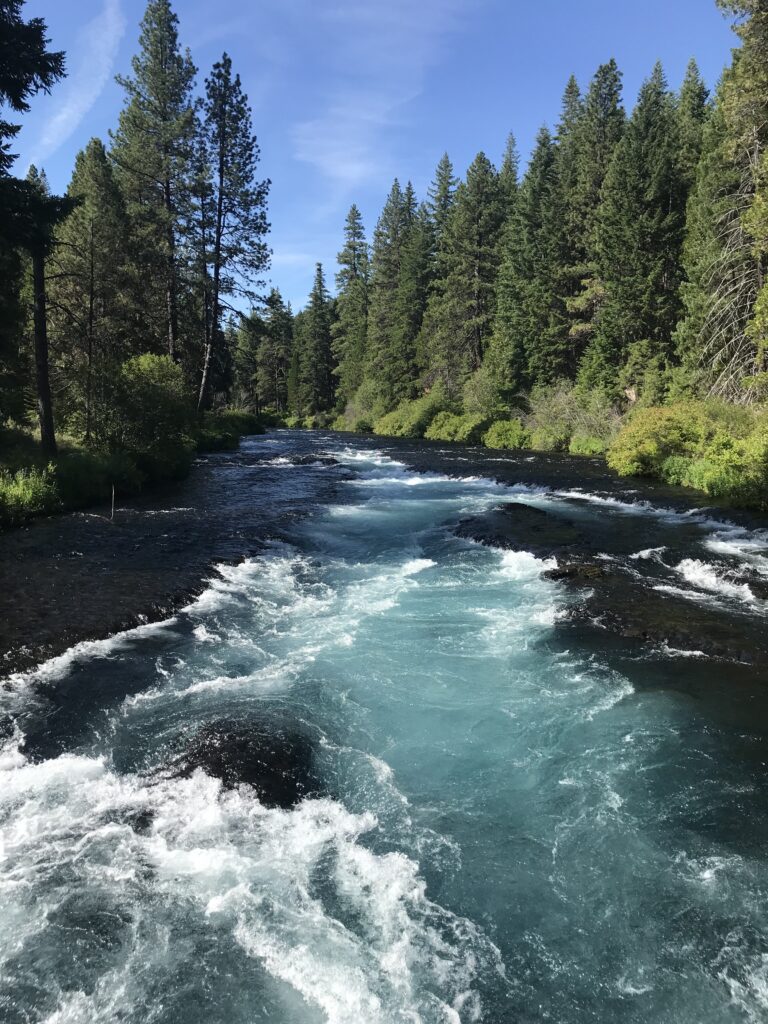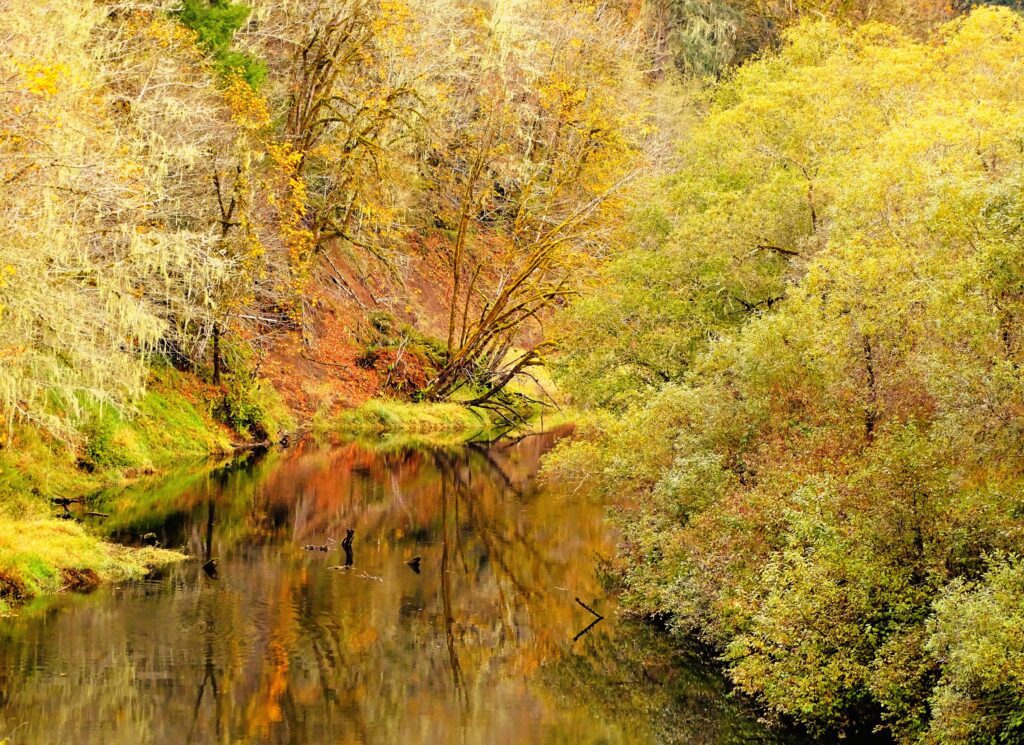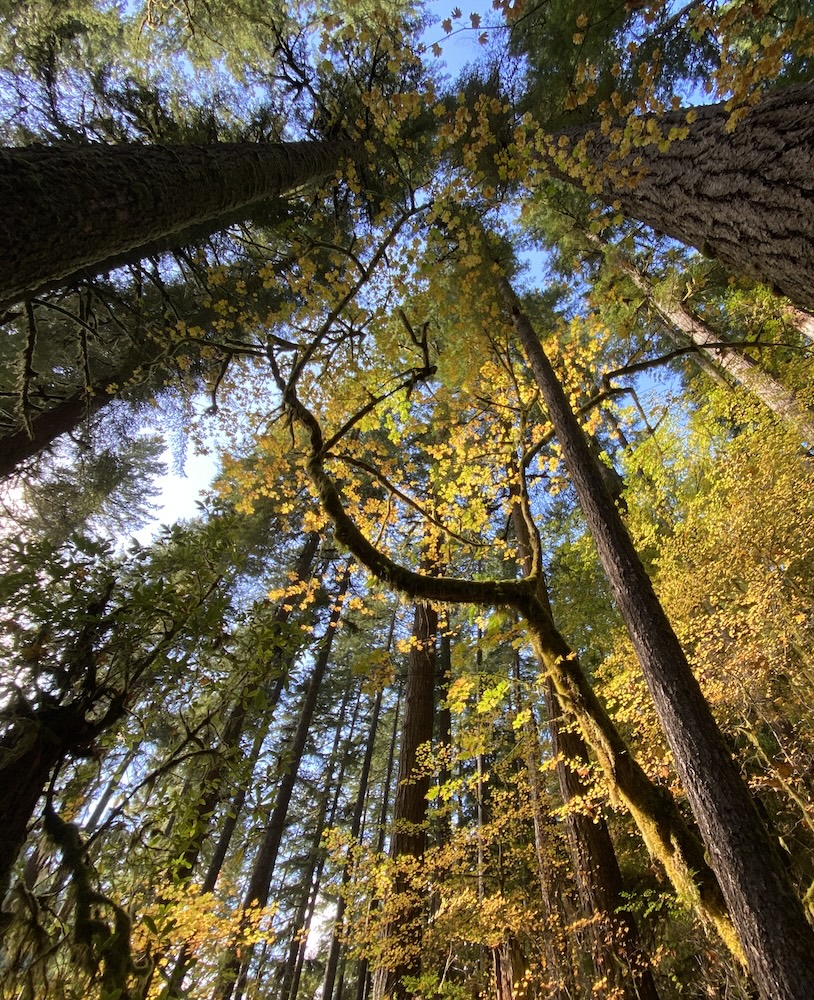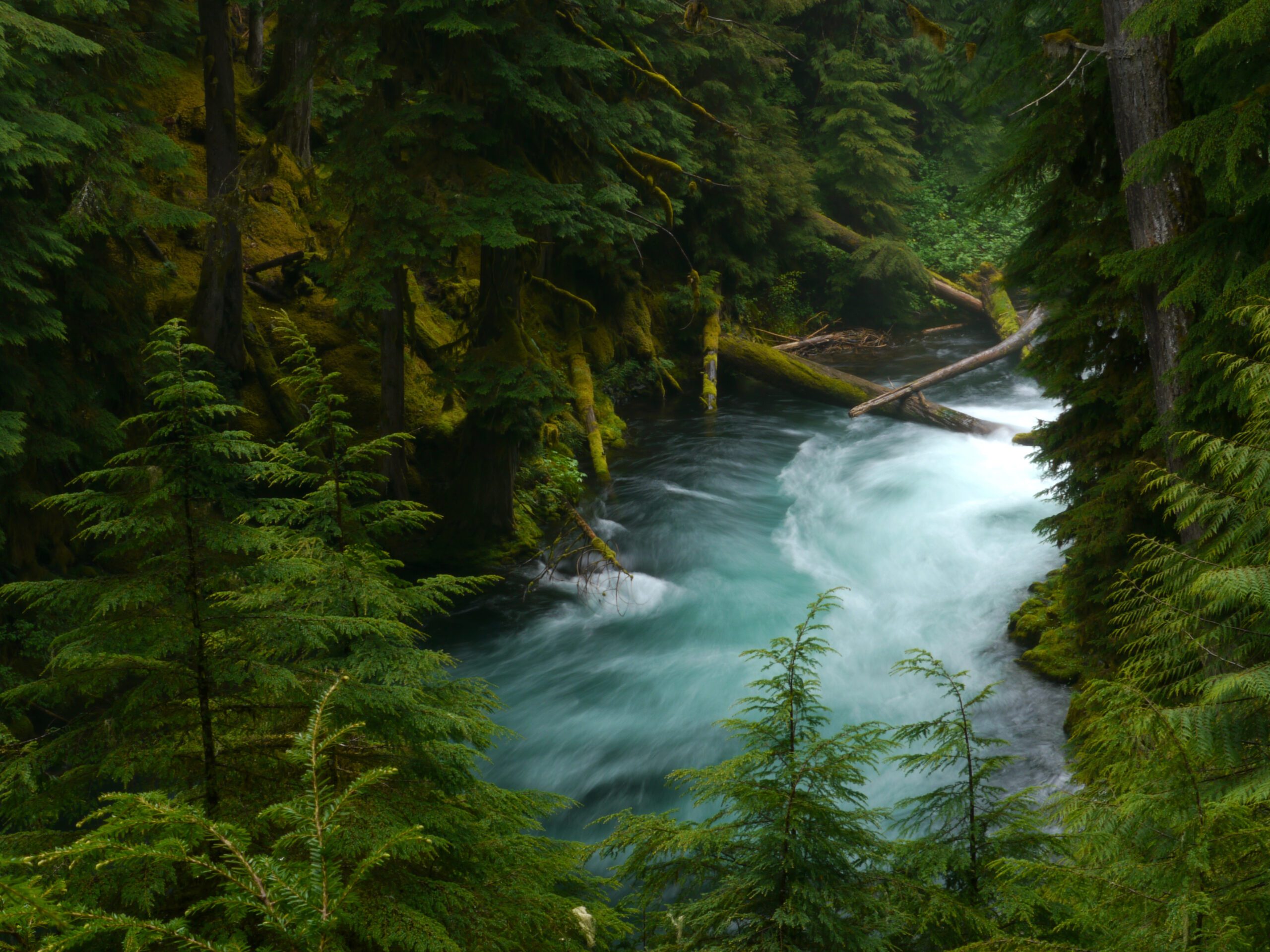Oregon is famous for its iconic rivers and we have a duty to protect them. The Wilderness Act (1964) and National Wild and Scenic Rivers Act (1968) are two of the nation’s best-known conservation acts at the federal level. At the state level, the Oregon State Scenic Waterways Act similarly protects the clean drinking water, wild salmon, and scenic beauty which make Oregon a special place. From the Rogue to the Grande Ronde, our waterways are threatened by logging, development, and a new push for dams. Currently less than 1% of Oregon’s rivers are designated as State Scenic Waterways.

State Scenic Waterway designation protects the natural free-flowing qualities of rivers. It allows for responsible use and development of neighboring lands while encouraging current and future use of waterways and their outstanding scenic, ecological and recreational resources. In response to dam construction and increasing population pressures on Oregon’s prized streams and rivers, in 1970 Oregon voters passed the Oregon State and Scenic Waterways System by a two to one margin. The system originally contained six rivers but has grown through additional initiatives to include 19 rivers and Waldo Lake. These protected waterways represent only 0.34% of Oregon waterways.
State Scenic Waterways are managed to:
- Protect designated waterways and private property from commercial placer mining and suction dredge mining.
- Protect designated waterways and private property from the construction of dams and reservoirs ensuring the free-fl owing character of the river for both landowners and the public.
- Protect private property rights and private property values by doing the following within a 1/4 mile buffer zone along the river’s edge:
- Encourage responsible development (in coordination with Oregon Parks and Recreation Department).
- Promoting the preservation of the scenic river qualities for the health and aesthetics of the river.
- Keeping private property and trespassing laws in place for land owners.
- Establish responsible allocations for new water rights usage so as to ensure the natural free-fl owing state of the waterway.
- Defi ne the highest and best uses of the waters within the Scenic Waterways are for recreation, fi sh and wildlife.
The State Scenic Waterways designation does not:
- It does not take away private property rights. Landowners are able to make any legal change to streamside lands after a cooperative consultation with Oregon Parks and Recreation.
- It does not restrict the existing water rights along scenic waterways. Existing water rights are grandfathered in.
- It does not require the removal or relocation of existing structures, roads, or private property uses.
- It does not allow the public the use of private property without landowners consent (consistent with standard private property rights).
- It does not designate waterways as “Wild and Scenic”. Wild and Scenic rivers are a federal designation.
- It does not limit use of the scenic waterway for one specific group or activity.

Oregon Wild’s Work
In recent years, we have worked with coalition partners and lawmakers to revive the State Scenic Waterway designation program in Oregon. In 2016 the Molalla and Chetco Rivers became the most recent additions to the State Scenic Waterways Program, the first rivers to be designated since 1988. In 2019 Oregon designated the Nehalem as Oregon’s newest State Scenic Waterway. Oregon State Parks is now considering designation of the South Umpqua. These rivers provide numerous ecological and recreational benefits, including large swaths of rare old-growth forests, healthy salmon runs, and economic opportunities through outdoor recreation.
While there are portions of 22 rivers and lakes designated as scenic waterways in Oregon, less than 1% of Oregon’s rivers and streams are protected by law from degradation on a mile-by-mile basis. We will continue to work to utilize and enhance the State Scenic Waterway designation program to protect water quality and salmon, enable Oregon jobs and tourism to the state, and significantly add to property values, quality of life, and recreational experiences.



